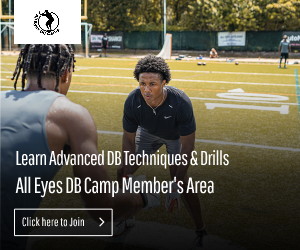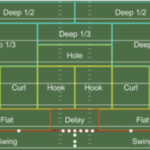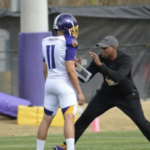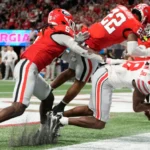Search Your Defensive Back Topic
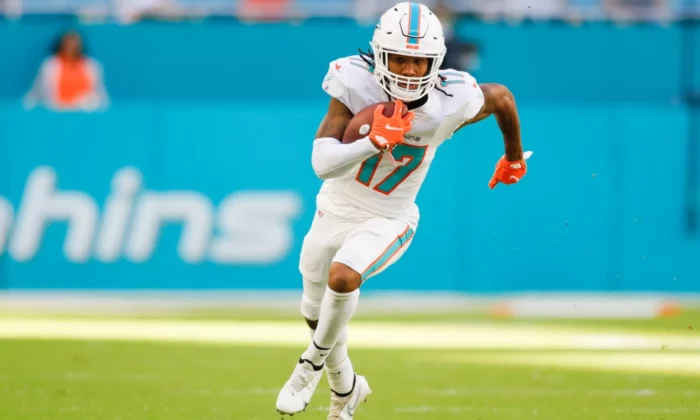
He’s Too Fast, I Can’t Cover Him
Unless you are a track star playing the cornerback position and are faster than everyone in the universe, you have been in the headspace that the title of this article suggests. You see the receiver that was blazing across the screen in the film you watched this we...
Read More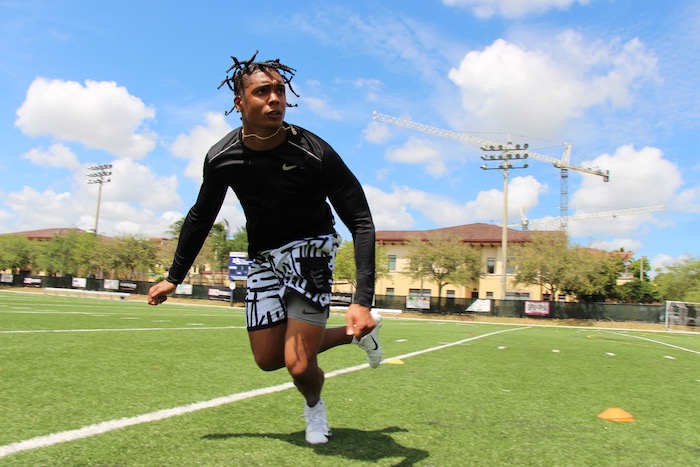
The 5 Essential Moves of a Defensive Back
There are some things in life you just can’t get around. Times will change but certain things will stay the same. This happens in the game of football too and it also applies to defensive back. As offenses have evolved and rules have changed, the scheme...
Read More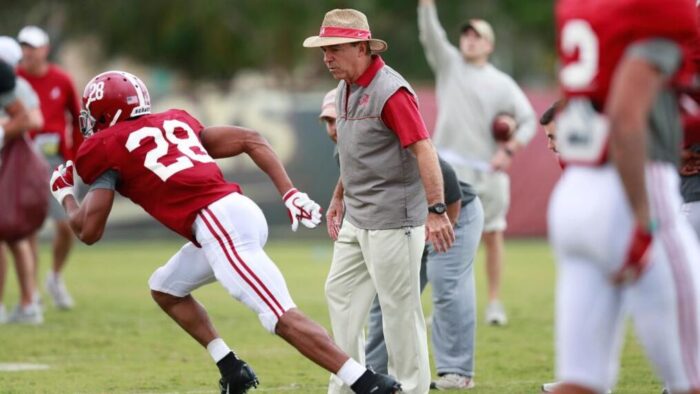
How to Structure Your Indy Period for DB Coaches
I was recently asked by a new coach how I thought he should put together his individual period that he will get while coaching defensive backs at a middle school. It was a simple questions but a great question. The truth of the matter is that many defensive back coaches ...
Read More
Wide Receivers Love it When You Do This
There is the cat and mouse game that is played in every football game out on the edges between the wide receivers and the defensive backs. Receivers are trying to deceive the DBs and the DBs are trying to dictate to the wide receivers how things should go. In the middle ...
Read More
Doing This With Your Eyes Will Lead to More Big Plays
Playing defensive back is all about quick reactions and timing. Hesitate, think too long, fail to read a key and the offense will have success. Your ability to process is every thing and there’s one sure fire way to speed up that process. If you&r...
Read More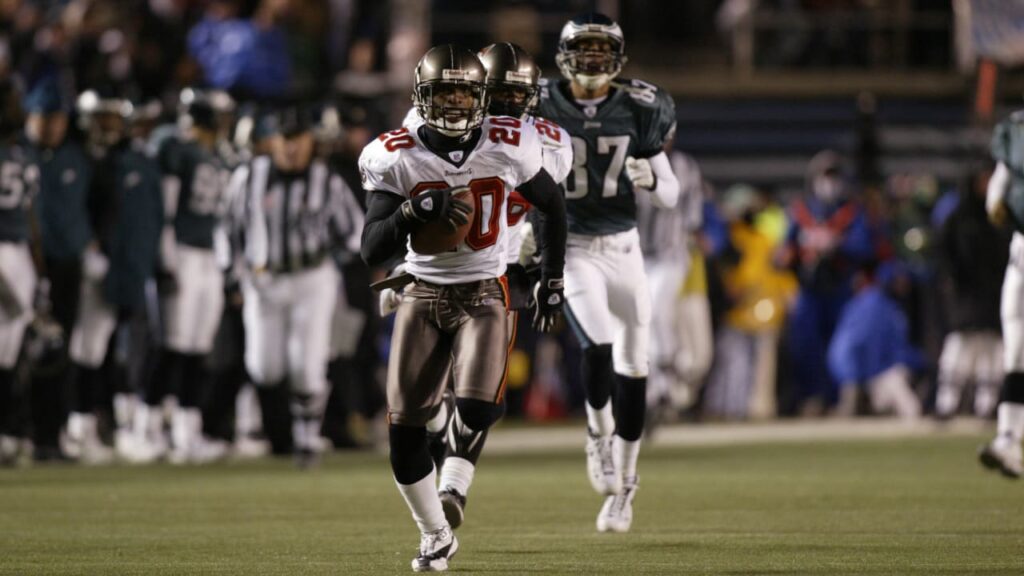
Know Your DB History: Ronde Barber
When it comes to defensive backs we tend to fall in love with the physical specimens. We become dazzled by the fast runners, the high jumpers and the well put together. In time though, we are forced to respect those who play the game the way it should b...
Read More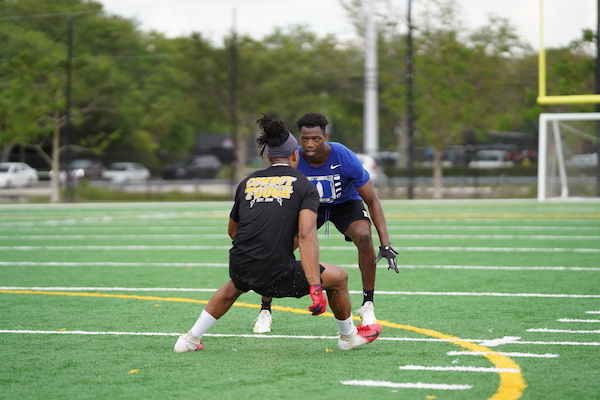
Doing this Will Speed Up Your Feet as a DB
Talk to any defensive back and they will tell you that they would love to have quicker feet. Doesn’t matter if those feet are quick already or not. Real defensive backs know that your feet can never be too fast. In this article, I will tell you th...
Read More
You Won’t Reach Your Peak as a DB Without This
I am a trainer and as such the thought is that I will improve your footwork, agility and movement skills. While this is true, it doesn’t stop there. The fastest feet are of no use if they do not know where to go or if they take them to a place they don&...
Read More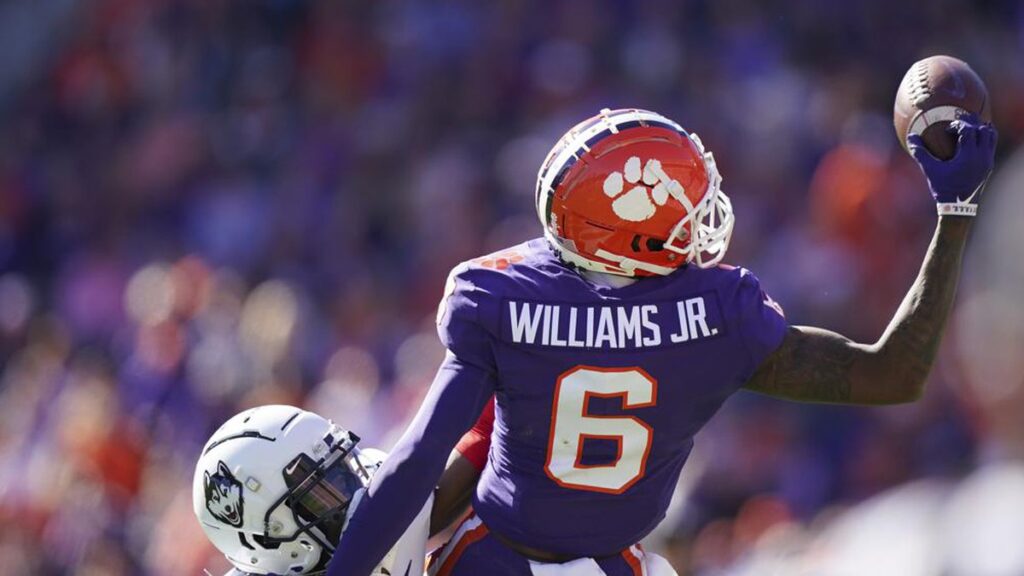
Here’s How You Cover that Route That Keeps Beating You
I often get asked via DM on Twitter or Instagram by a young DB about how to cover a specific route like a slant or a curl. The way you cover these routes is simple. Study film study so you can have some anticipation and then by having solid coverage skills overall....
Read More
